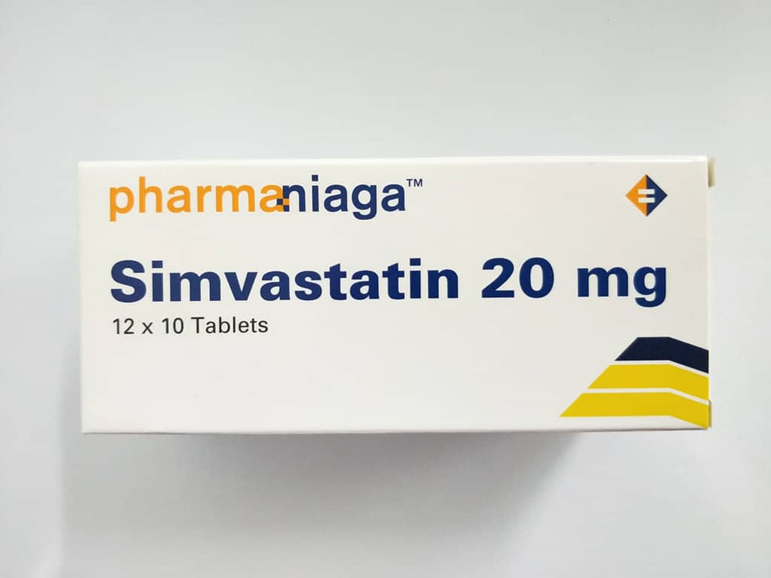A nurse is reviewing the laboratory data on a client who has a new prescription for heparin for treatment of a pulmonary embolism. Which of the following data should the nurse report to the provider?
Hematocrit 45%
Platelets 74,000/mm3
Partial thromboplastin time (PTT) 65 seconds
White blood cell count 8,000/mm3
The Correct Answer is B
Choice A reason: Hematocrit 45% is not the correct data. Hematocrit is the percentage of red blood cells in the blood. The normal range for hematocrit is 37% to 47% for women and 42% to 52% for men. Hematocrit 45% is within the normal range and does not indicate any abnormality related to heparin therapy. Heparin does not affect the production or destruction of red blood cells.
Choice B reason: Platelets 74,000/mm3 is the correct data. Platelets are the blood cells that are responsible for clotting and preventing bleeding. The normal range for platelets is 150,000 to 400,000/mm3. Platelets 74,000/mm3 is below the normal range and indicates thrombocytopenia, which is a low platelet count. Thrombocytopenia is a serious complication of heparin therapy that can cause bleeding, bruising, and petechiae. The nurse should report this finding to the provider immediately and stop the heparin infusion.
Choice C reason: Partial thromboplastin time (PTT) 65 seconds is not the correct data. PTT is a blood test that measures the time it takes for the blood to clot. The normal range for PTT is 25 to 35 seconds. PTT 65 seconds is above the normal range and indicates that the blood is taking longer to clot. This is an expected effect of heparin therapy, as heparin is an anticoagulant that inhibits the formation of blood clots. The nurse should monitor the PTT and adjust the heparin dose according to the provider's orders and the protocol.
Choice D reason: White blood cell count 8,000/mm3 is not the correct data. White blood cells are the blood cells that are involved in the immune system and fight infections. The normal range for white blood cells is 4,500 to 11,000/mm3. White blood cell count 8,000/mm3 is within the normal range and does not indicate any abnormality related to heparin therapy. Heparin does not affect the production or function of white blood cells.
Nursing Test Bank
Naxlex Comprehensive Predictor Exams
Related Questions
Correct Answer is B
Explanation
Choice A reason: Taking the medication in the morning is not the correct instruction. Simvastatin is a statin drug that lowers cholesterol levels by inhibiting the enzyme that produces cholesterol in the liver. The liver produces more cholesterol at night, so simvastatin is more effective when taken in the evening or at bedtime.
Choice B reason: Avoiding grapefruit juice is the correct instruction. Grapefruit juice can increase the blood levels of simvastatin and cause serious side effects such as muscle damage, liver damage, and kidney failure. Grapefruit juice inhibits the enzyme that metabolizes simvastatin in the intestine, leading to higher concentrations of the drug in the bloodstream.

Choice C reason: Monitoring for ringing in the ears is not the correct instruction. Ringing in the ears, or tinnitus, is not a common or serious side effect of simvastatin. However, some other medications that lower cholesterol, such as niacin and gemfibrozil, can cause tinnitus. The client should report any unusual or persistent symptoms to the prescriber.
Choice D reason: Expecting brown-colored urine is not the correct instruction. Brown-colored urine, or hematuria, is not a normal or expected side effect of simvastatin. However, it may indicate a serious condition such as rhabdomyolysis, which is a rare but life-threatening complication of statin therapy. Rhabdomyolysis is the breakdown of muscle tissue that releases a protein called myoglobin into the bloodstream. Myoglobin can damage the kidneys and cause brown-colored urine. The client should seek immediate medical attention if they notice any signs of rhabdomyolysis, such as muscle pain, weakness, fever, or dark urine.
Correct Answer is D
Explanation
Choice A reason: Reducing intake of potassium-rich foods is not necessary for clients taking hydrochlorothiazide, as this medication can cause hypokalemia (low potassium levels) due to increased potassium excretion in the urine. Clients may need to increase their intake of potassium-rich foods or take potassium supplements to prevent hypokalemia.
Choice B reason: Avoiding grapefruit juice is not necessary for clients taking hydrochlorothiazide, as this medication does not interact with grapefruit juice. Grapefruit juice can affect the metabolism of some other medications, such as statins, calcium channel blockers, and cyclosporine, by inhibiting the enzyme CYP3A4 in the liver.
Choice C reason: Taking this medication before bedtime is not advisable for clients taking hydrochlorothiazide, as this medication can cause increased urination and nocturia (nighttime urination). Clients should take this medication in the morning or at least 6 hours before bedtime to avoid disrupting their sleep.
Choice D reason: Monitoring for leg cramps is an important instruction for clients taking hydrochlorothiazide, as this medication can cause muscle cramps due to electrolyte imbalances, such as hypokalemia, hyponatremia (low sodium levels), or hypomagnesemia (low magnesium levels). Clients should report any signs of muscle cramps, weakness, or fatigue to their provider.
Whether you are a student looking to ace your exams or a practicing nurse seeking to enhance your expertise , our nursing education contents will empower you with the confidence and competence to make a difference in the lives of patients and become a respected leader in the healthcare field.
Visit Naxlex, invest in your future and unlock endless possibilities with our unparalleled nursing education contents today
Report Wrong Answer on the Current Question
Do you disagree with the answer? If yes, what is your expected answer? Explain.
Kindly be descriptive with the issue you are facing.
